Signing up for the Camino de Santiago Pilgrimage necessitates an adventurous spirit and a sense of determination. This trek is no easy feat, and packing for your journey can be intimidating. A pilgrimage such as the Camino de Santiago requires extensive research and preparation!
Whether hiking the Camino for 7 days or 27, you’ll want to savour every moment of this life-changing experience. Comfortable gear and a light pack will make a world of difference as you travel these lengthy routes. From first-hand experience and with the help of fellow pilgrims, we have put together an epic packing list. Use this guide to help you decide what to bring and what to leave behind as you adventure the Camino de Santiago.
Camino De Santiago Packing Checklist
Passport or ID
If you are travelling from outside the European Union, you’ll need a national passport to enter Spain (or France and Portugal). Your passport will need to be valid for at least three months beyond the period of stay. We would suggest checking with your government to ensure you have all the necessary documents—we wouldn’t want you getting turned away before beginning your journey on the Camino!
Camino Passport or Credential
The Camino Credential is a “Pilgrims Passport” issued by the Pilgrims Office of the Santiago de Compostela. This allows you to stay in pilgrim-only accommodations. The passport has enough room for 54 stamps from establishments along the Camino.
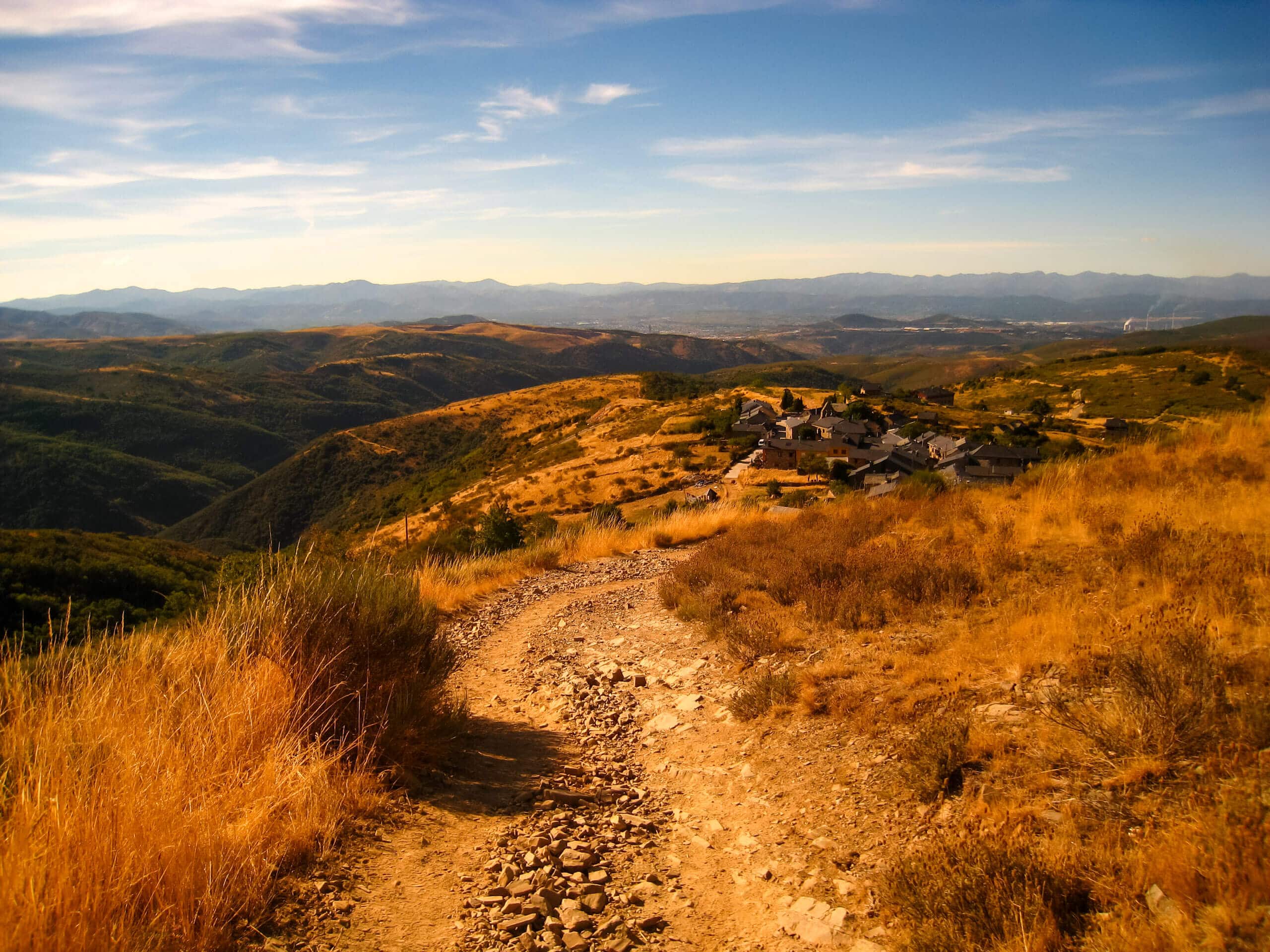
Proof of Immunization
Check your government website and that of the country to which you are travelling to ensure you have all the necessary vaccinations and documentation.
Backpack
Choosing the right backpack is a make or break decision when it comes to hiking the Camino. You want a pack that will fit all of your needs but nothing that will weigh you down.
We have found that a 40L pack is often sufficient. We would also strongly suggest a backpack with hip straps. These small straps make a world of difference! Hip straps will keep the weight off your shoulders and distribute it more evenly. You know what they say, happy shoulders = happy hiker. It’s also a good idea to get a rain cover to protect your gear during inclement weather.
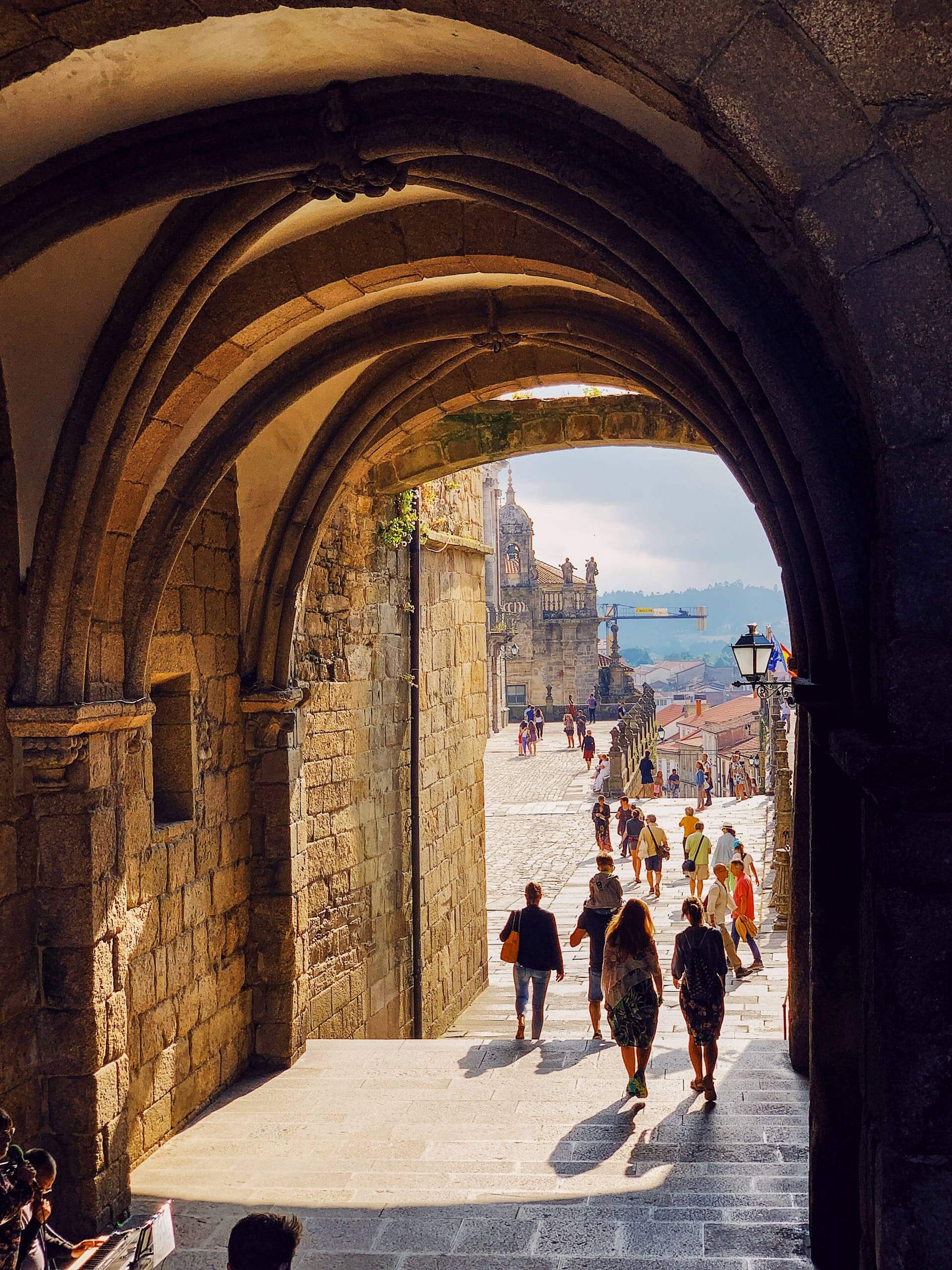
Hiking Shoes
Now, there remains the choice between hiking shoes and trail runners. This is a personal decision but let us give you our two cents. Hiking shoes are great for those seeking support or trekking technical terrain. Assuming your backpack is light, you will not necessarily need the stiff structure of a hiking shoe, but many people prefer the reinforcement. If you are hiking the Camino Francés or Camino Primitivo, it is advised to wear a sturdy shoe to avoid rolling ankles. Additionally, the season in which you travel will dictate the best option. In the cooler months a hiking shoe may be more practical, but in the warmer months you will likely prefer a breathable shoe, like a trail runner.
Many people make the mistake of thinking they need a waterproof shoe, whether it be runners or hiking boots, but this is not the case. We suggest opting for a water-resistant shoe if that! From our experiences and that of our fellow pilgrims, breathable shoes are the uniform preference. The reality of waterproof shoes is that they will get wet during an afternoon rainstorm, there is no avoiding it. Because these shoes are technically waterproof, they will take ten times longer to dry out, meaning you will have damp, soggy, uncomfortable shoes for several days after they get wet. Opting for breathable footwear means your feet will obviously get wet but leave the shoes to dry overnight and they will be good to go in the morning! You know what they say, dry feet = happy feet.
If there is any type of preparation we can’t recommend enough, it’s wearing in your hiking shoes prior to your walk. Wearing in your shoes can make or break your trip. Two weeks prior to setting out on your adventure, wear those babies everywhere, that way you will know whether they are in fact the best option for your feet, and if not, you have time to switch them out. If you are having difficulty finding the right shoe, refer to our guide on how to choose a pair of hiking boots.
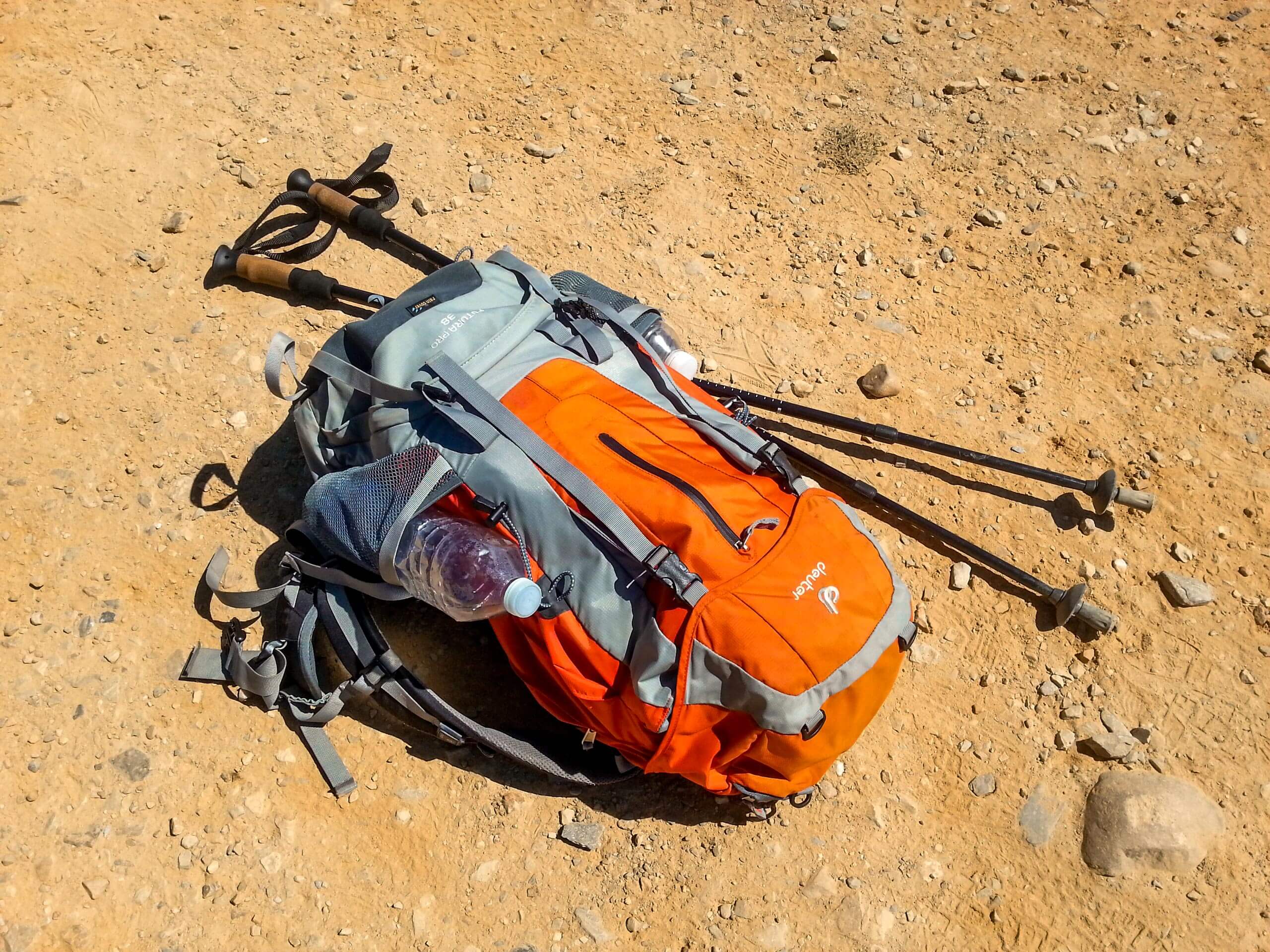
Sleeping Sack
Many accommodations provide blankets, but a sleeping bag will come in handy if you plan to camp or stay in hostels. Consider a small sleeping bag or a sleep sack that won’t take up too much space in your pack. Depending on the season, a bag rated to 12 degrees Celsius (54 degrees Fahrenheit) should be sufficient.
Trekking Poles
Hiking poles are a heavily debated topic when it comes to the Camino de Santiago. Trekking poles are not necessary when hiking the Camino, but many pilgrims choose to use them. Hiking poles enhance your stability and those with joint concerns—hip or knee—swear by them. Hikers of all capabilities might appreciate the help as they navigate the undulating terrain along the Camino Francés.
First Aid Kit
There are dozens of pharmacies along the trail, notably as you trek along the Francés and Portuguese routes. That being said, it is important to have the bare necessities. Bandaids, ibuprofen, imodium, gravol, and vaseline should cover the basics! If you need anything more, you can easily pop into a town’s pharmacy. You can also see our hiking first aid kit checklist to make sure you have everything covered.
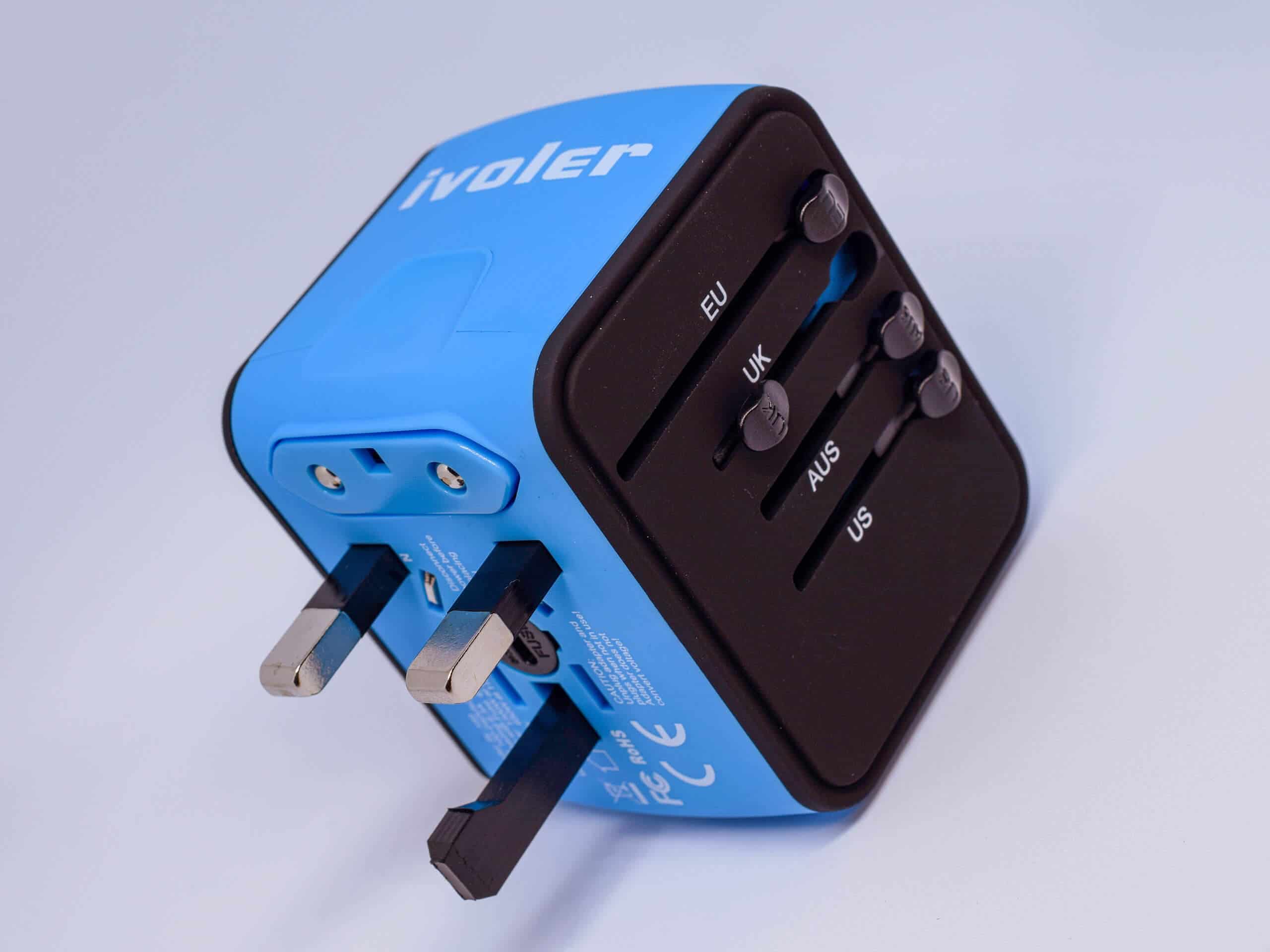
Quick-Dry Towel
A quick-drying, microfiber towel is a must! You will be hard-pressed to find a pilgrim hostel that offers towels, so you will have to bring your own. We have found that microfibre towels are the best as they are fast-drying and compact! Clip it to your pack and let it dry out as you trek along the Camino.
Water and Snacks
Most tap water along the Camino de Santiago is drinkable, but some pilgrims pack water filters for use in the more remote areas of the hike. Platypus water pouches or Camelbaks are ideal if you have one or are willing to purchase. These pouches are lighter, easier to drink from, and will save indispensable space in your pack!
Power Adaptor
If you are travelling from outside the European Union, then you will likely need a type C power adaptor. This scenic route warrants plenty of photos, so you will want your devices charged up and ready to roll. Note that the AC voltage in North America is 120V, but the European AC voltage can be up to 240V, so it’s important to ensure your electronics are compatible and purchase a voltage converter if necessary. Consider also packing a power bank to keep your devices charged as you trek the picturesque routes.
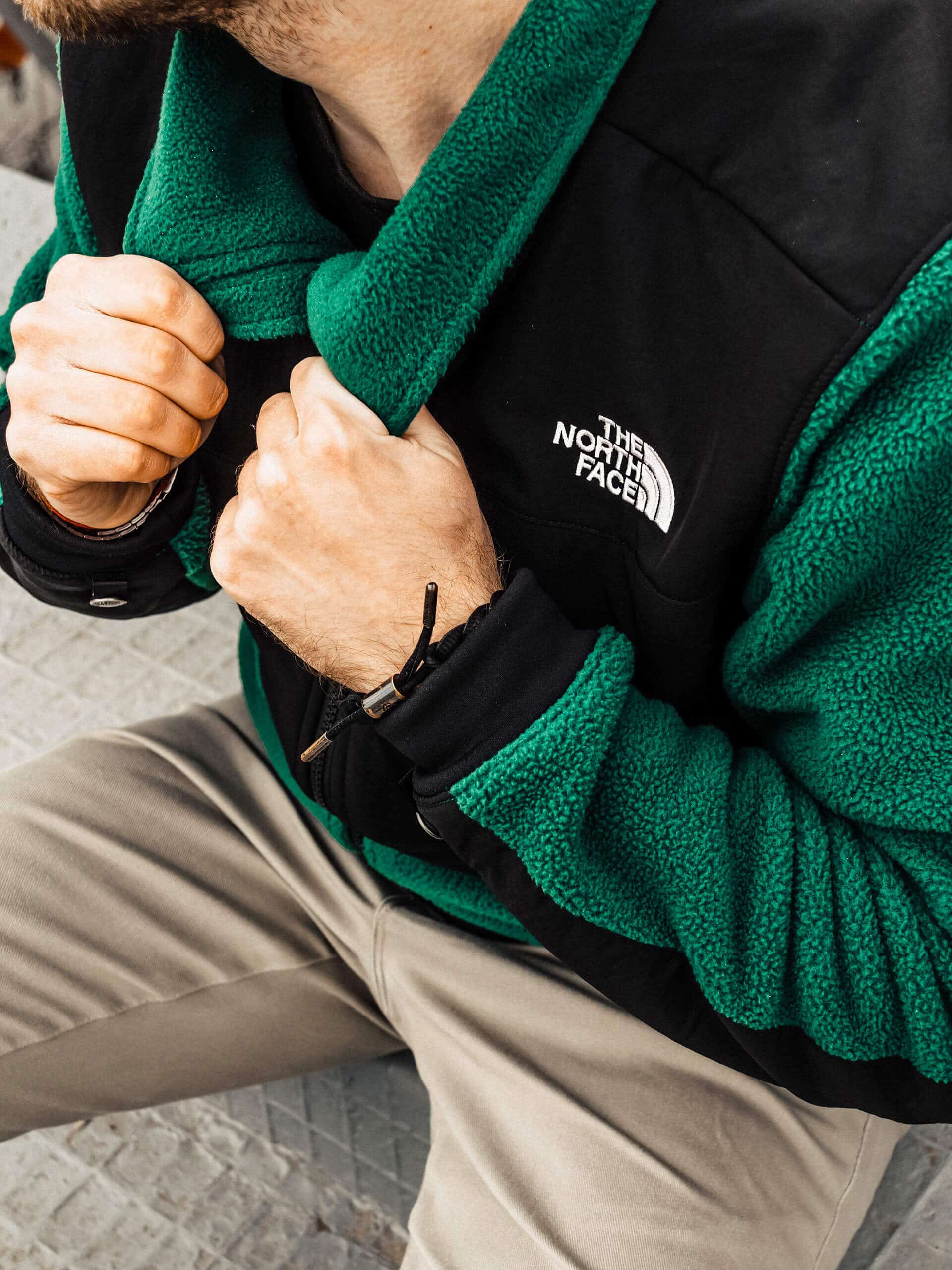
Bed Bug Spray
Unfortunately, the reality of staying in pilgrim accommodations is the possibility of bed bugs. For this reason, we recommend bringing bed bug spray along with you on the journey. Treat your belongings prior to your expedition and spray your bunk at the hostel to mitigate the chances of bites.
Rain Gear
The rain in Spain falls mainly on the plain! Hiking the Camino de Santiago in the spring or winter means you will likely get caught in an afternoon rain shower. A waterproof jacket and pants will keep you dry if you get caught in rain. Try to find pants with a side zip, which makes walking in the rain comfortable. A rain cover for your backpack is also crucial. Rain gear is especially essential if you plan to walk the routes in the much rainier off-season.
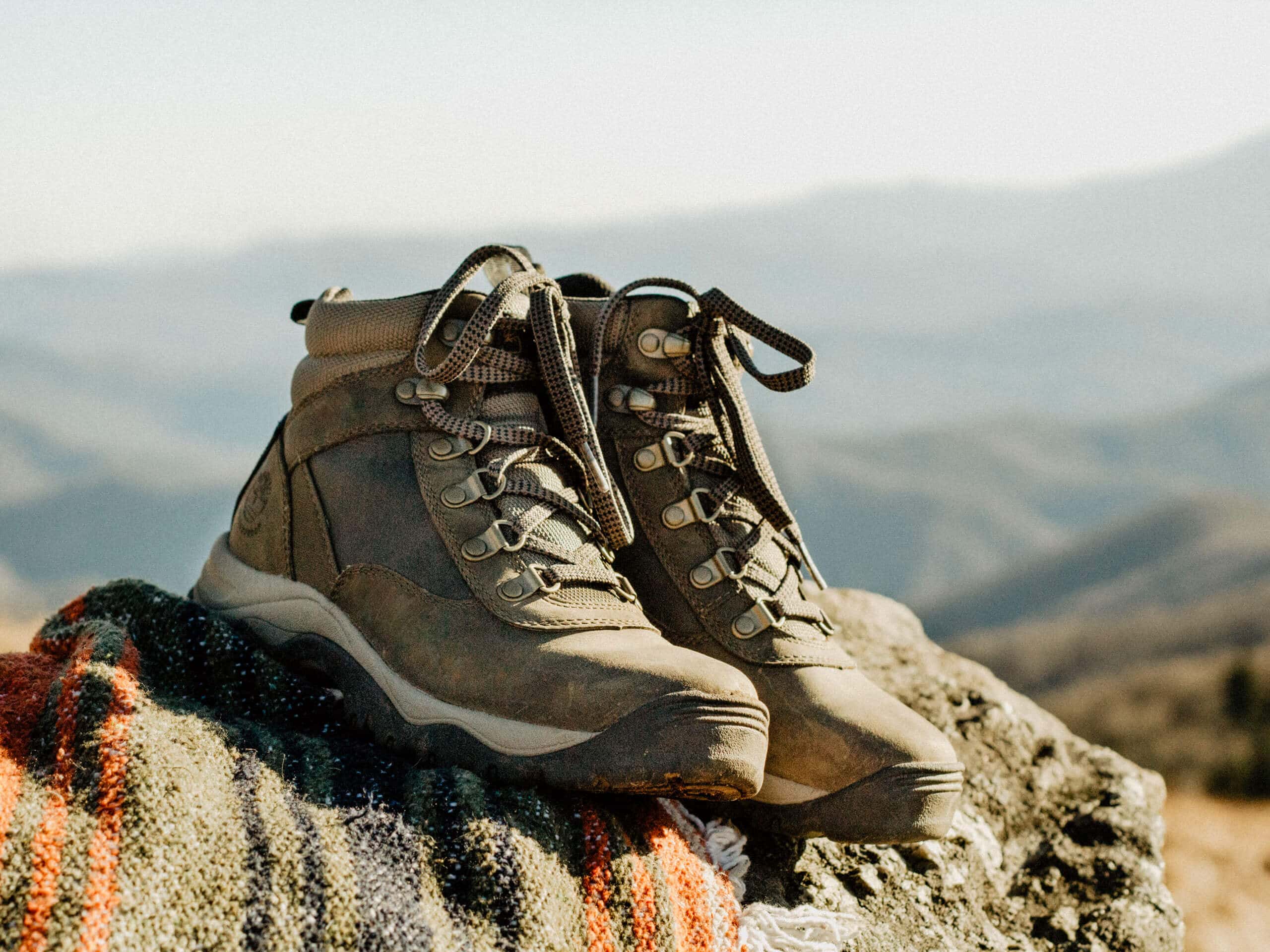
Trekking Pants
Comfortable and breathable pants will make your journey immensely more enjoyable. Check the weather averages for the season you will be walking the Camino, and plan accordingly. Consider packing one pair of trekking trousers and one pair of trekking shorts to be prepared for variable weather.
Comfortable Shirts
Again, the season you travel will dictate the best hiking attire. To cover all your bases consider a quarter-zip long sleeve and a t-shirt. You won’t need to pack more than two or three hiking shirts, but ensure they are quick-drying and sweat-wicking. We love Merino Wool for these reasons.
Fleece Layer
Depending on your route and the average weather, a fleece jacket or a sweater may come in handy. Even when trekking in the summer months, there is often a chill in the early mornings and in the evenings. A snuggly fleece will keep you warm as you sip port wine after a long day of hiking or as you trek before sunrise.
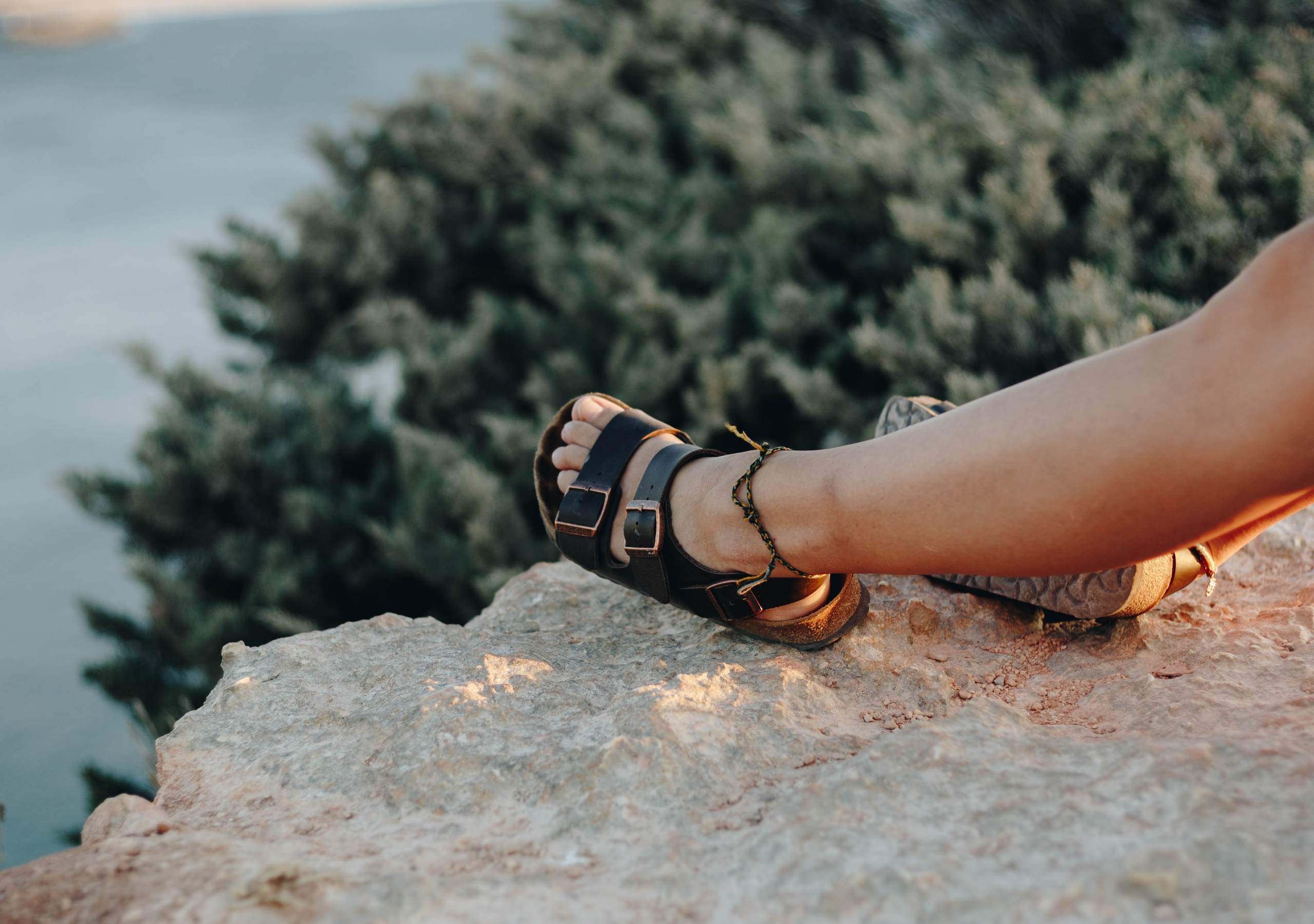
Swimsuit
If you are hiking along the coast, you will want to pack a bathing suit. The inviting blue-hued waters of the Atlantic Ocean will tempt you on hot, sunny days of hiking.
Wool Hiking Socks
The Camino de Santiago is a demanding, multi-day adventure, and the socks you choose can make a world of difference. Keeping your feet dry, comfortable and protected will mitigate the chances of an unbearable walk. We have found that good-quality wool hiking socks are the best option. If you are going to splurge on anything, let it be socks. We love the Merino Wool hiking socks best. Note on rainy days, you may have to change them multiple times to keep your feet happy and dry. A good rule of thumb is to pack enough socks to last you 4 days without laundry.
Hat
If you trek in the summer, a cap or hat is a must. Many of the Camino routes travel through exposed areas without tree shade for kilometres on end. One good quality ball cap or sunhat is all you need to protect you from sun exposure.

Sunglasses
Sunglasses are a personal choice, but we found they are wonderfully helpful for summer excursions along the Camino. Wear a casual pair or opt for sporty hiking glasses. Either way, they will keep the damaging rays out of your eyes.
Underwear
When packing underwear and undergarments for the Camino, it is easy to go overboard. Remember that washing your clothes almost every day at the albergues (hostels) is a common practice among pilgrims. Many walkers agree that 4 pairs of comfortable, breathable underwear is plenty. For women, 2 sports bras are more than enough.
Pajamas
Pajamas are tricky. Some pilgrims wear their clean hiking clothes as PJ’s, but we suggest packing a cotton shirt and pair of shorts to bum around the albergues and sleep in. If you wish to lighten your pack, athletic shorts or long johns can do double duty as a base layer and pajamas.

Casual clothing
Though it is not necessary to pack casual clothing, we found it was nice to change out of our hiking gear every once in a while. Consider packing a change of clothes for dinners out in the charming Camino towns. A light golf shirt or casual dress won’t take up much room in your pack.
Flip flops
Flip flops will never feel so good after a long day of trekking. Switch out your heavy-duty hiking shoes for flip flops at the end of the day, and your feet will thank you. Beyond comfort reasons, flip flops are great for casual dinner outings in the town or as shower shoes in the hostel’s communal washrooms.
Personal Toiletries
Toiletries vary from hiker to hiker, but one universal necessity is sunscreen! Pilgrims will be trekking along exposed paths—and sun overexposure is no joke. Deodorant, toothbrush, toothpaste, shower items, hair ties and bug spray are also essential to pack in your kit. In addition, a hairbrush, lip balm, razor and sleeping mask are recommended but are not imperative.
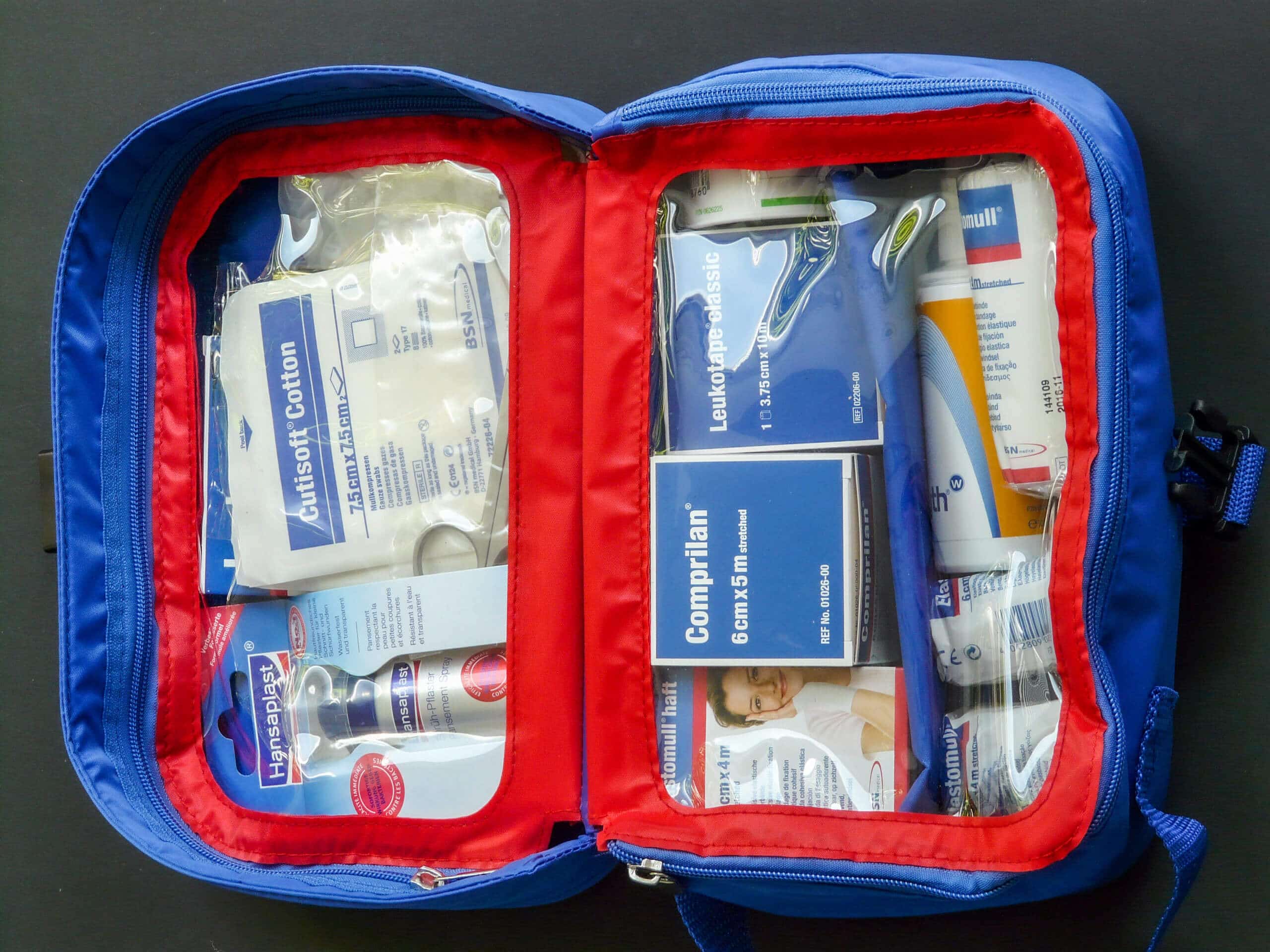
Headlamp
Headlamps are an underrated piece of gear when travelling the Camino. If you are walking in the early morning or late evening, they can be helpful in navigating the unlit routes. Many albergues also have lights-out hours, making it incredibly difficult to find the washroom or the charger in the bottom of your backpack. Use headlamps to help you maneuver the dark hostel or the trails before the sun awakes.
Earplugs
We hate to say it, but you will be hard-pressed to find a quiet hostel. Whether it’s the chatter of the port-drinkers on the street or the harmonious snoring of your bunkmates, there will be annoyances. Save your suffering and bring a pair of earplugs—trust us.
While this list should be a great start for warm-season walkers, those taking on the Camino in winter should also consider fleece pants, wool base layers, gaiters, a warm jacket, gloves, and a beanie to stay warm.
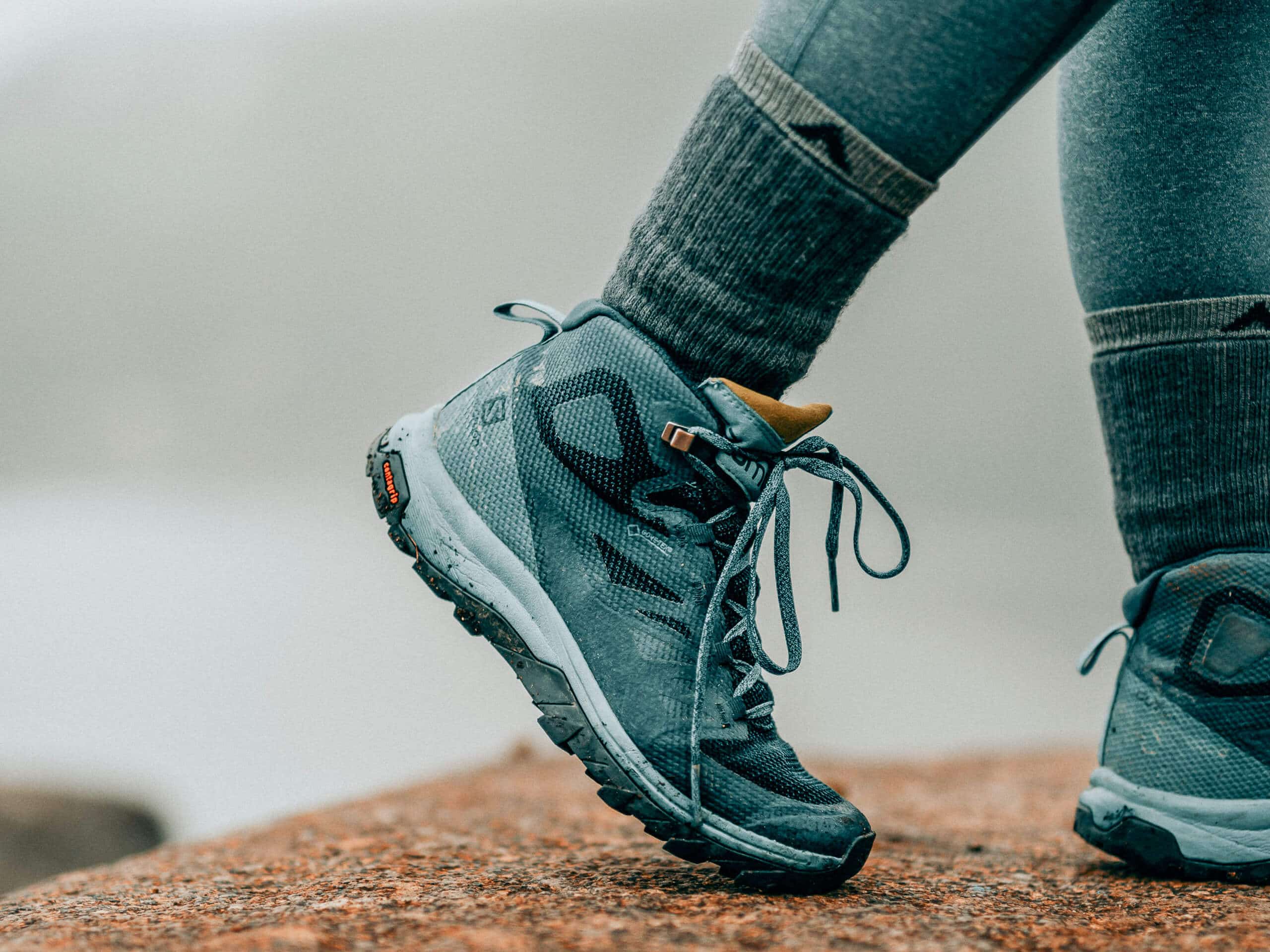
Plan your Camino de Santiago Pilgrimage
Planning your journey along the Camino de Santiago can be overwhelming, especially to those who have never attempted a trek such as this. With several routes to choose from and accommodations, the preparation for this expedition requires a lot of research. Consider one of the Camino de Santiago Adventure tours, and let us worry about the planning! While the above list tackles the packing essentials, there are several other components to consider, like what route to travel and where to stay. Equipped with the ultimate Camino de Santiago packing list and our guide on how to prepare for the Camino de Santiago all you need to do now is choose a route. Don’t worry, we have you covered, refer to our route itineraries, and our extensive Guide to Camino de Santiago, to help determine which adventure best suits you.
Camino de Santiago Trip Planning Articles
- Discover the Camino de Santiago
- Camino Planning: Best time to Walk the Camino
- Camino Planning: How to prepare to Walk the Camino
- Route Guide for the Camino Frances
- Route Guide for the Camino Finisterre
- Route Guide for the Camino Portugues
- Route Guide for the Camino Primitivo
- Route Guide for the Camino Ingles
- Route Guide for the Camino del Norte
- Route Guide for the Camino Via de la Plata
- Route Guide for the Camino Invierno
- Interesting Camino de Santiago Facts

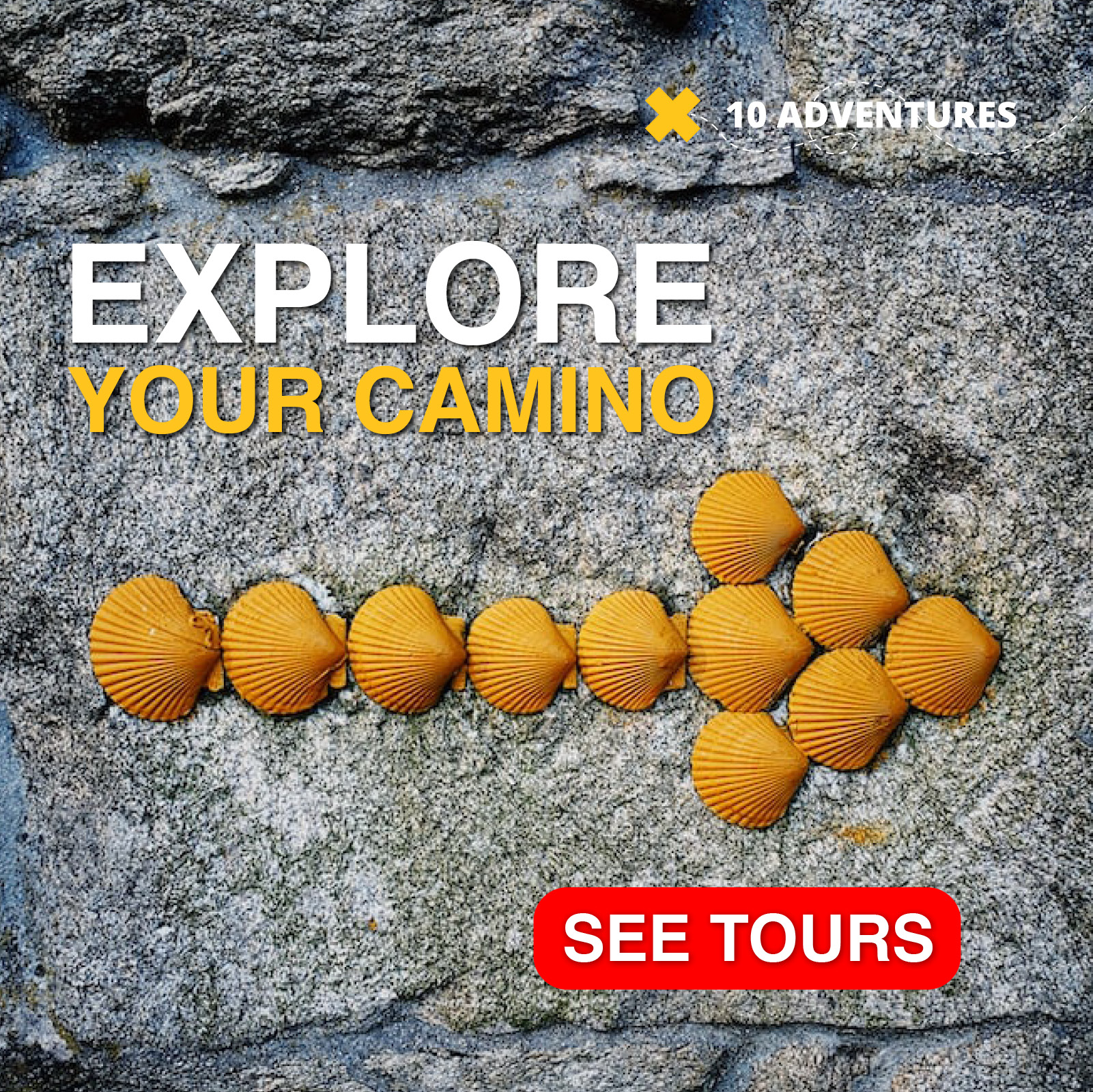



Comments